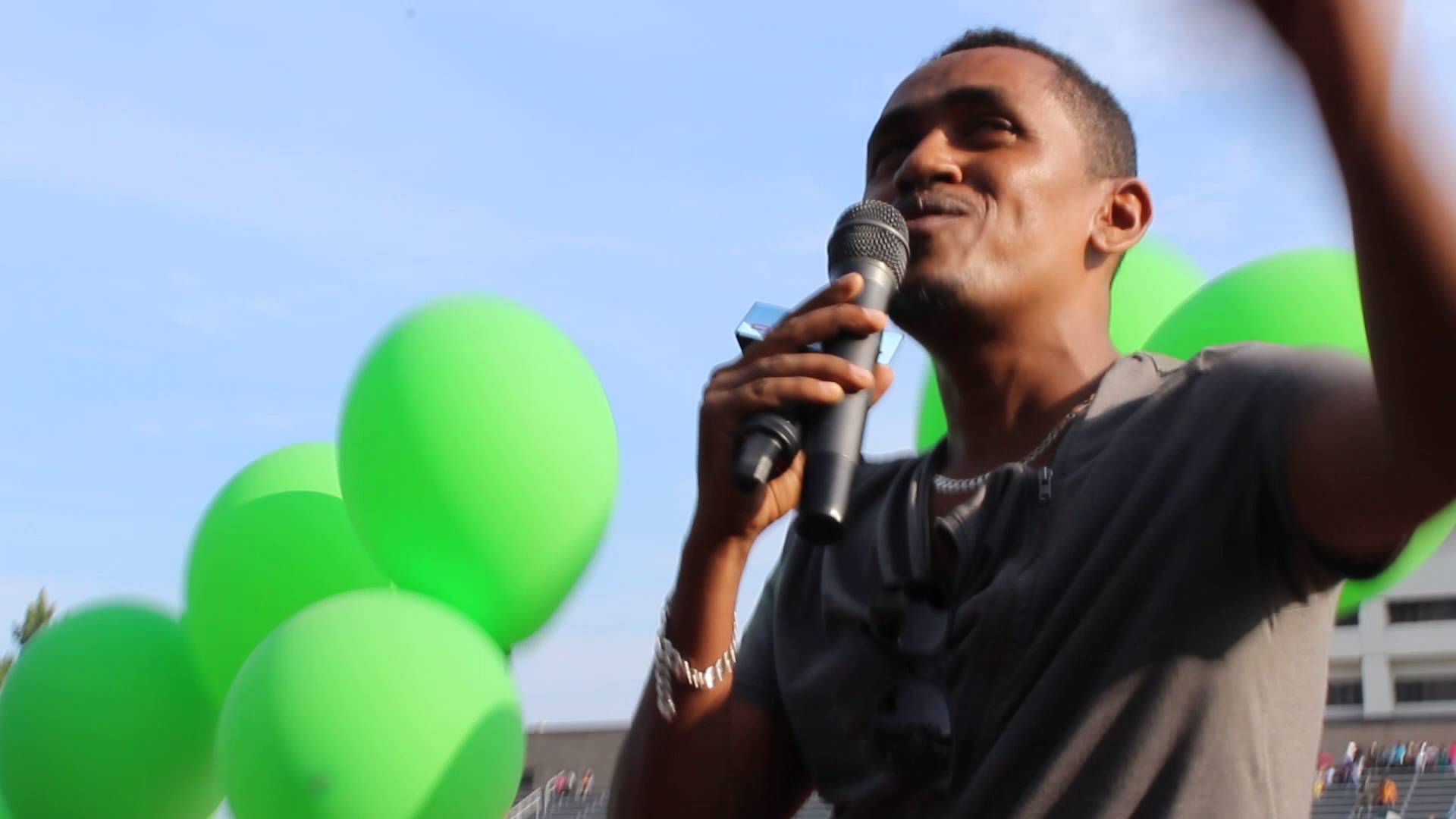

They organized a secret conference which was attended by Hussein Sora, Elemo Qiltu and various other Oromo leaders.

Leaders and members of the MTSHA, who had escaped arrest, had been operating secretly within the country by stirring up activism through underground newspapers such as "Kena Bektaa" and "The Oromo Voice Against Tyranny".

In 1973, the political situation of the country had changed and the Ethiopian military had ousted the imperial regime and taken control. At this point, the group decided to operate under the name of "Oromo" instead of "Ethiopia. The second attempt proved to be more successful and the second group of rebels made camp in the Chercher Mountains. The first attempt to enter the country was commanded by Jaarraa Abbaa Gadaa but it failed when Somali security forces tracked down the members and arrested them trying to enter Ethiopia through northern Somalia. The ENLF soon moved to Yemen and began training members of the Oromo diaspora. He and other Oromo refugees formed a rebel group called the Ethiopian National Liberation Front of which he was named Secretary General. One of the association's members, Hussein Sora, escaped to Somalia in 1967. This reaction by the regime had been caused by the popularity of the organization among the Oromos and its links to the Bale Oromo resistance movement. Prominent military officer and leader of the association, Colonel General Tadesse Birru, was also arrested. In 1967, the regime of Haile Selassie I outlawed the Mecha and Tuluma Self-Help Association (MTSHA) and later instigated a wave of mass arrests and killings of its members and leaders. The Abyssinian elites perceived the Oromo identity and languages as an obstacle to the expansion of Ethiopian national identity. Both the Haile Selassie and the Derg government relocated numerous Amharas into southern Ethiopia where they served in government administration, courts, church and even in school, where Oromo texts were eliminated and replaced by Amharic. The Amhara culture dominated throughout the eras of military and monarchic rule. Under the Haile Selassie Regime Oromo was banned from education, and use in administration. Oppression was harsh under the imperial rule of Haile Selassie, of the Amhara ethnic group. The Oromo remained independent until the last quarter of the 19th century, when they lost their sovereignty and were colonized by Abyssinia. 1.6.1 Peace and split of Oromo Liberation Army (OLA) from OLF.In 2021 during the Tigray War, a division of the ENDF and EDF left Tigray Region and arrived in Oromia Region to fight against the OLA, according to Freedom Friday. The OLA was accused of responsibility for several massacres during 2018–2020. The Oromo Liberation Army or OLA was for many years the armed wing of the OLF, from which it split tactically from OLF in April 2018, refusing the 2018 peace agreement that the OLF made with the federal Ethiopian government. and Berlin from where it operates Amharic and Oromo radio stations. The OLF has offices in Addis Ababa (Ethiopia), Washington, D.C. The Oromo Liberation Front ( Oromo: Adda Bilisummaa Oromoo, abbreviated: ABO English abbreviation: OLF) is an Ethiopian political party established in 1973 by Oromo nationalists to promote self-determination for the Oromo people inhabiting today's Oromia Region and Oromia Zone in Amhara Region territory.


 0 kommentar(er)
0 kommentar(er)
